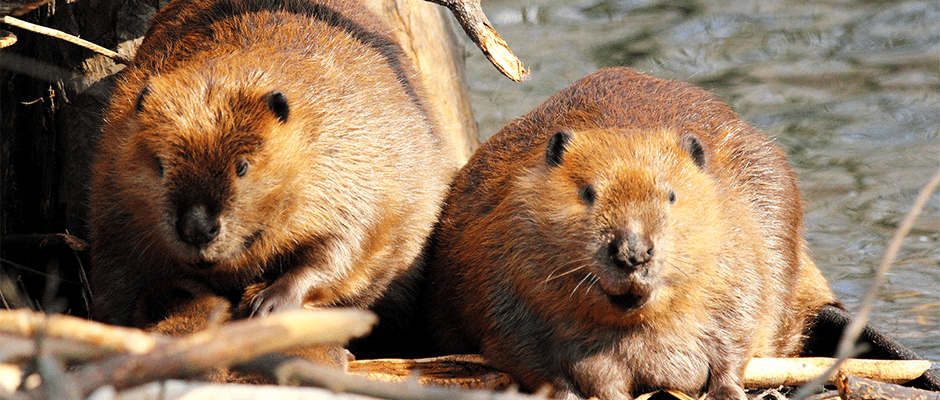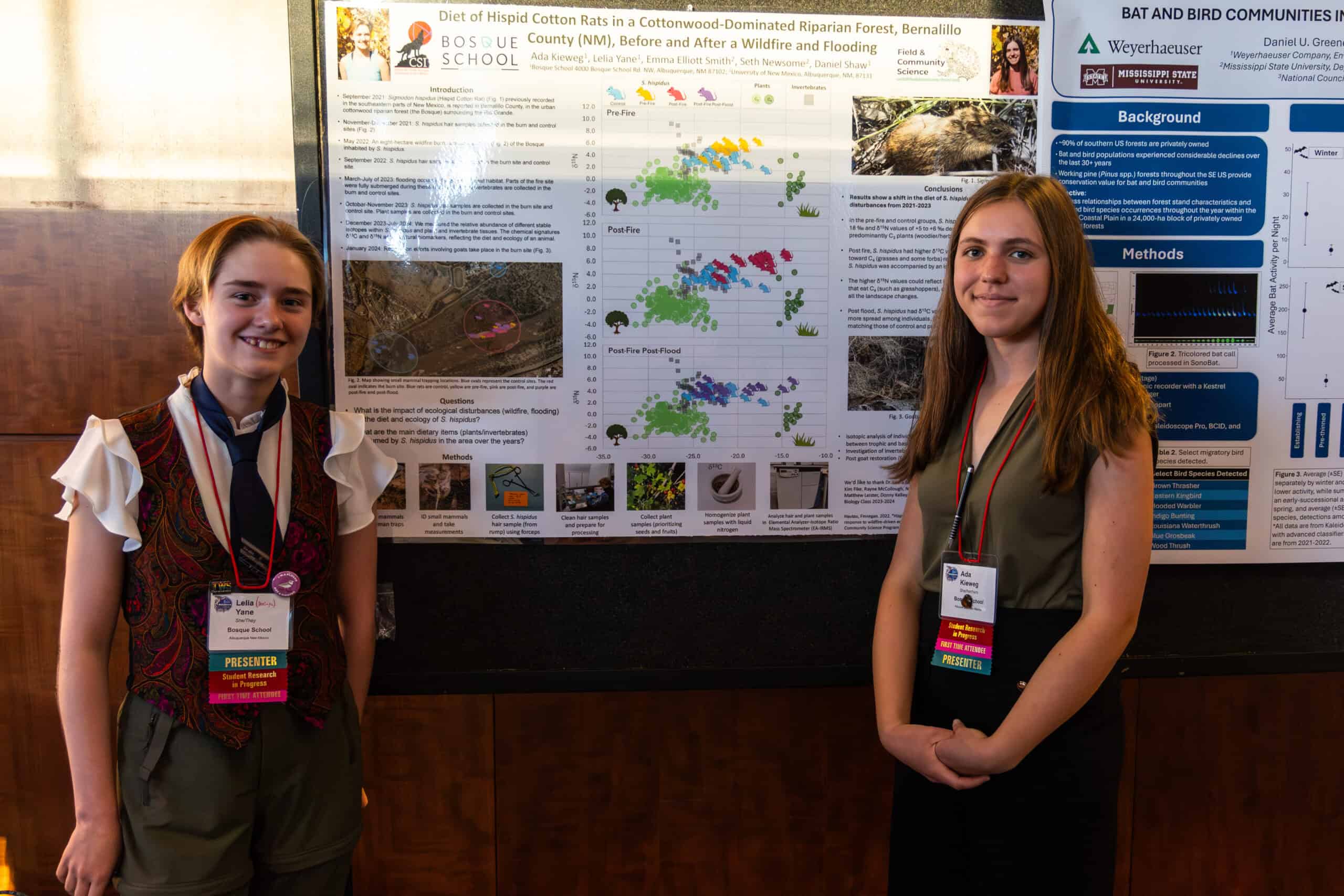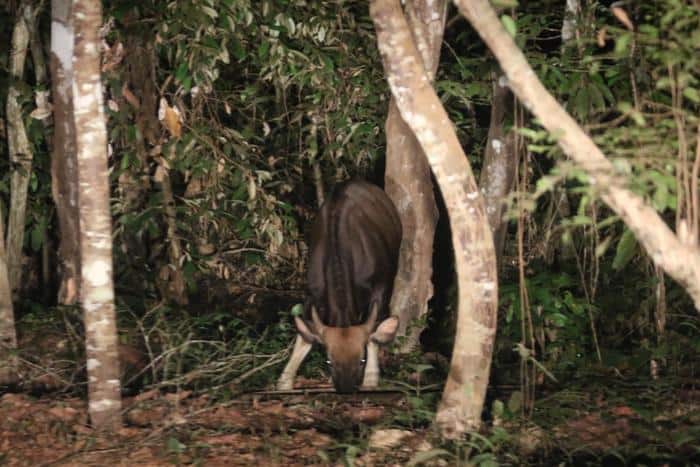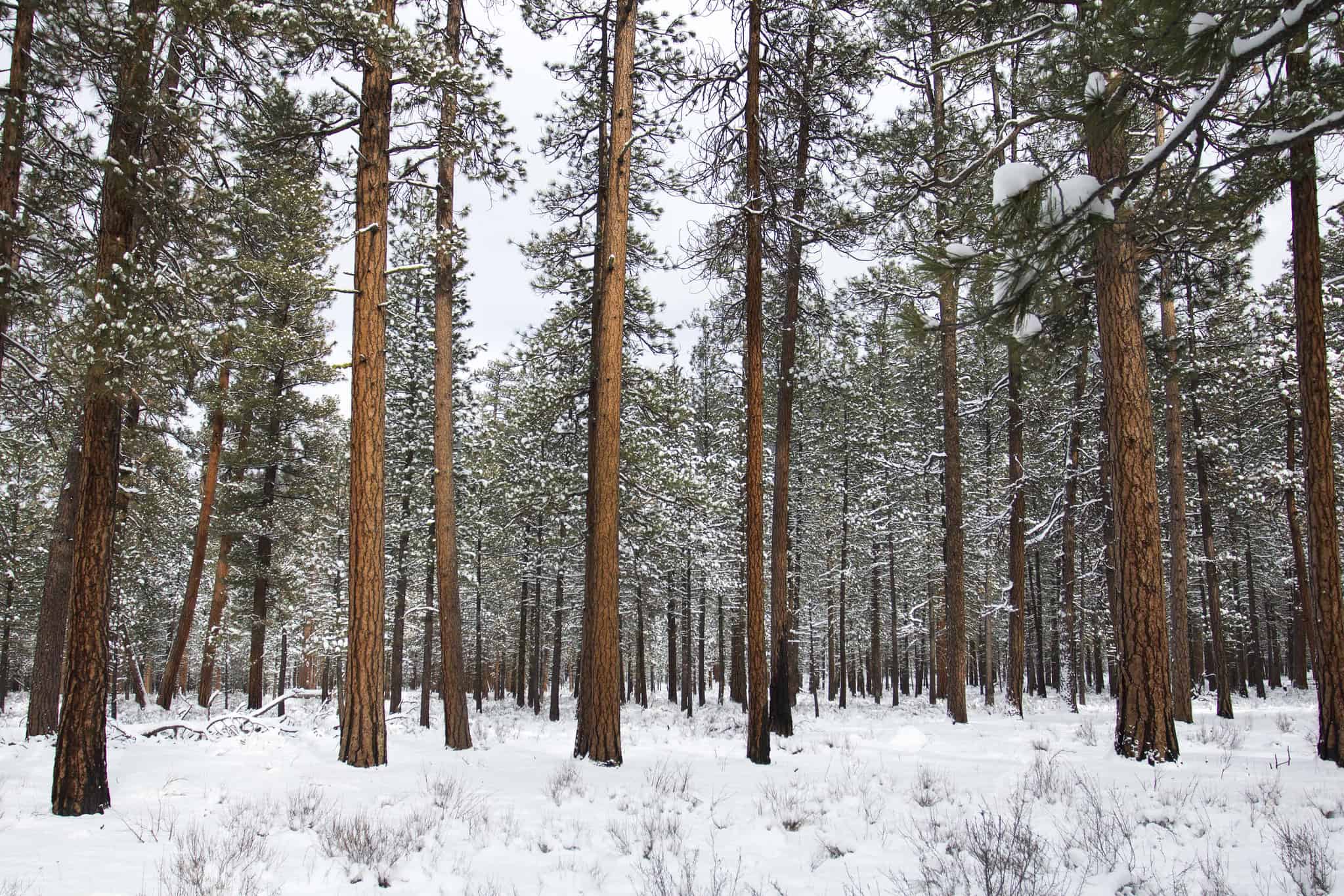Share this article
Warming temperatures allow beavers to occupy arctic tundra
Beavers (Castor canadensis) have started to move further north in Canada due to changing climate conditions. The beaver is a national symbol of Canada, but the species is not native to every part of the country.
Historically, the range of the American beaver has run throughout North America, except for the arctic tundra, the peninsula of Florida, and the desert regions of the southwestern United States. Beavers are increasingly being found in areas north of their range, moving into the northernmost parts of the Yukon. In the Yukon, beaver sightings were reported as far back as 2008. In recent years, though, beavers have become more prevalent and have built dams on waterways using shrubs and rocks.
As an ecosystem engineer, the behavior and activities of the beavers have begun to alter their new environment. Inuvialuit fishermen have seen a reduction in their ability to fish in local creeks and lakes. Richard Gruben, vice president of the Tuktoyaktuk Hunters and Trappers Association, said that this is the first time he has seen lakes in the region dry up.
Part of the reason beavers have been able to migrate and occupy these new areas is due to shrubification. Shrubification is the result of warming temperatures which have allowed shrub species, like birch and alder, to expand their range. Tundra ecosystems have been experiencing a loss in sea ice and an increase in vegetation — namely tall, deciduous shrubs. This has made more inhabitable spaces for beavers while negatively impacting other species, like caribou (Rangifer tarandus) and pikas (Ochotona princeps and Ochotona collaris).
Senior Research Biologist at the Yukon Department of Environment, Tom Jung, noted how the occurrence of beavers this far north demonstrates how ecosystems are changing in response to climate change. Jung first observed a beaver dam in the region in 2015 while doing surveys for peregrine falcons.
Beavers are also overpopulated in parts of their current range. Earlier this year, Canada’s Department of Environment and Natural Resources increased prices for beaver carcasses and pelts to encourage harvesting — hunters were offered an additional $50 to the $25 typically provided for beaver pelts.
Read TWS’ Position Statement on Global Climate Change and Wildlife.
Header Image: ©inchlake2000








